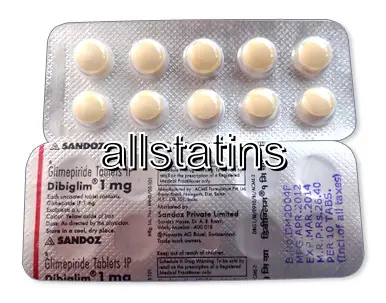| Package | Dosage | Price | Price per Dose | |
|---|---|---|---|---|
| Dosage: 1mg | ||||
| 360 pill | 1mg | AUD750.48 | AUD2.08 | |
| 180 pill | 1mg | AUD408.61 | AUD2.27 | |
| 120 pill | 1mg | AUD301.78 | AUD2.51 | |
| 90 pill | 1mg | AUD237.68 | AUD2.64 | |
| 60 pill | 1mg | AUD170.91 | AUD2.86 | |
| 30 pill | 1mg | AUD93.45 | AUD3.10 | |
| 10 pill | 1mg | AUD32.02 | AUD3.26 | |
| Dosage: 2mg | ||||
| 360 pill | 2mg | AUD1,068.31 | AUD2.96 | |
| 240 pill | 2mg | AUD737.12 | AUD3.07 | |
| 180 pill | 2mg | AUD587.56 | AUD3.26 | |
| 120 pill | 2mg | AUD429.98 | AUD3.58 | |
| 90 pill | 2mg | AUD349.85 | AUD3.87 | |
| 60 pill | 2mg | AUD245.69 | AUD4.11 | |
| 30 pill | 2mg | AUD133.52 | AUD4.43 | |
| 10 pill | 2mg | AUD48.05 | AUD4.83 | |
| Dosage: 4mg | ||||
| 180 pill | 4mg | AUD793.21 | AUD4.41 | |
| 120 pill | 4mg | AUD544.82 | AUD4.54 | |
| 90 pill | 4mg | AUD427.31 | AUD4.75 | |
| 60 pill | 4mg | AUD304.45 | AUD5.07 | |
| 30 pill | 4mg | AUD165.57 | AUD5.56 | |
| 10 pill | 4mg | AUD64.07 | AUD6.28 | |

Glimepiride Description
Description of Glimepiride
Glimepiride is an oral medication used primarily to manage type 2 diabetes mellitus. It belongs to the sulfonylurea class of drugs, which work by stimulating the pancreas to produce more insulin. This increased insulin production helps lower blood sugar levels, making it easier for people with diabetes to keep their condition under control. Glimepiride is available in tablet form and is usually taken once daily, with or without food, as prescribed by a healthcare professional.
Effectiveness and Benefits
Many users find Glimepiride effective in reducing fasting and postprandial glucose levels. Its ability to enhance insulin secretion can lead to better blood sugar control, potentially reducing the risk of diabetes-related complications. Unlike some other medications, Glimepiride has a relatively longer duration of action, which allows for a once-daily dosing schedule. This can improve adherence to treatment and improve overall glycemic management. Over time, consistent use of Glimepiride can help stabilize blood sugar levels and improve quality of life for many diabetics.
Possible Side Effects
While Glimepiride is generally well-tolerated, some users may experience side effects. Common issues include hypoglycemia, which occurs when blood sugar drops too low. Symptoms of hypoglycemia can include sweating, dizziness, confusion, and weakness. Other possible side effects include nausea, headache, weight gain, and skin reactions. Severe allergic reactions are rare but can occur. It is important for users to monitor their blood sugar levels regularly and report any unusual symptoms to their healthcare provider promptly.
Precautions and Interactions
Before starting Glimepiride, patients should inform their healthcare provider about any existing health conditions, especially kidney or liver problems, as these can influence the medication’s safety and efficacy. Pregnant and breastfeeding women should discuss potential risks with their doctor, as the safety profile in these groups is not fully established. Glimepiride can interact with other medications, such as NSAIDs, certain antibiotics, and other antidiabetic drugs, which may increase the risk of hypoglycemia or affect blood sugar control. Always inform your healthcare provider of all medications and supplements you are taking to avoid interactions.
Usage and Dosing Recommendations
The usual starting dose of Glimepiride varies depending on individual patient needs, typically ranging from 1 to 2 mg daily. The dose may be gradually increased by the healthcare provider to achieve optimal blood sugar control. It is important to follow prescribed instructions carefully and not to adjust the dose without medical advice. Regular blood glucose monitoring is essential, especially when doses are being changed. Alongside medication, lifestyle modifications such as diet, exercise, and weight management play a vital role in diabetes control.
Storage and Precautions
Store Glimepiride tablets in a cool, dry place away from direct sunlight and moisture. Keep the medication out of reach of children and pets. Do not use expired tablets, and check the packaging regularly for signs of damage. If you forget a dose, take it as soon as you remember unless it is close to the time of your next scheduled dose. Do not double doses to make up for missed ones. Always keep follow-up appointments with your healthcare provider for ongoing assessment and guidance regarding your treatment plan.
